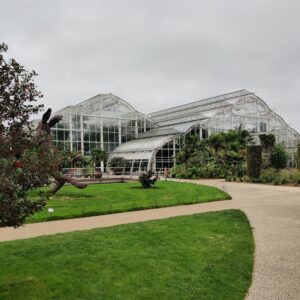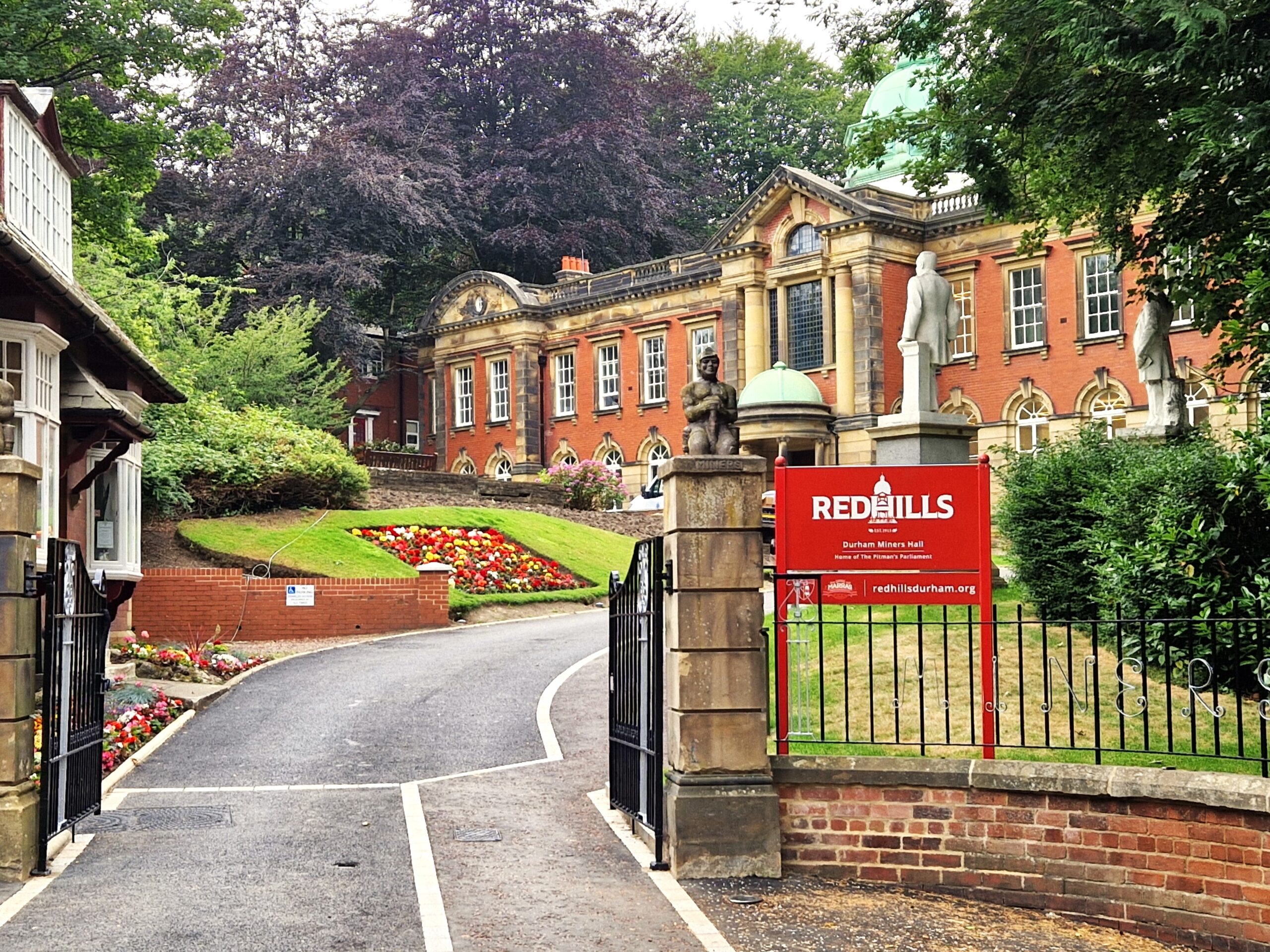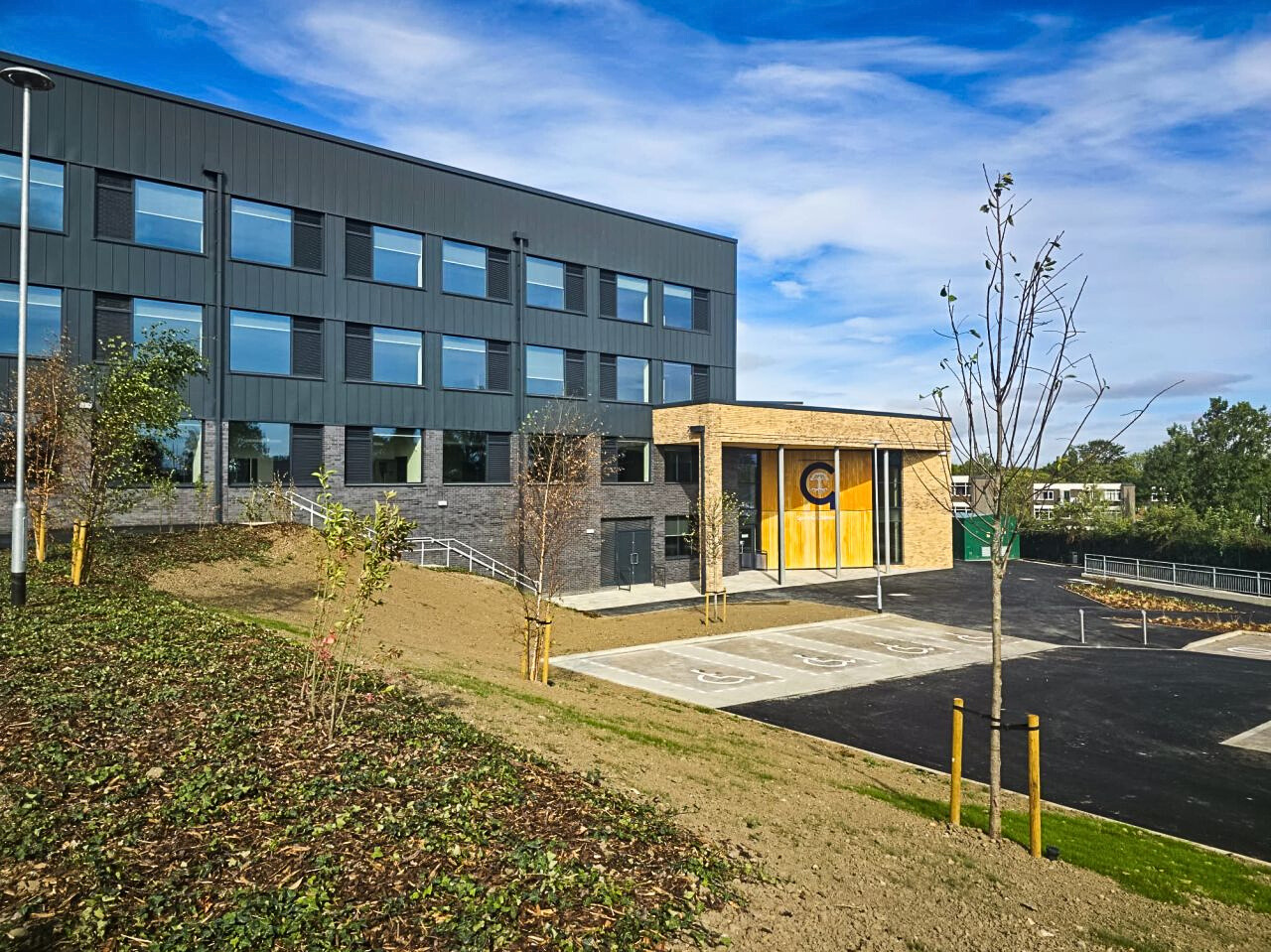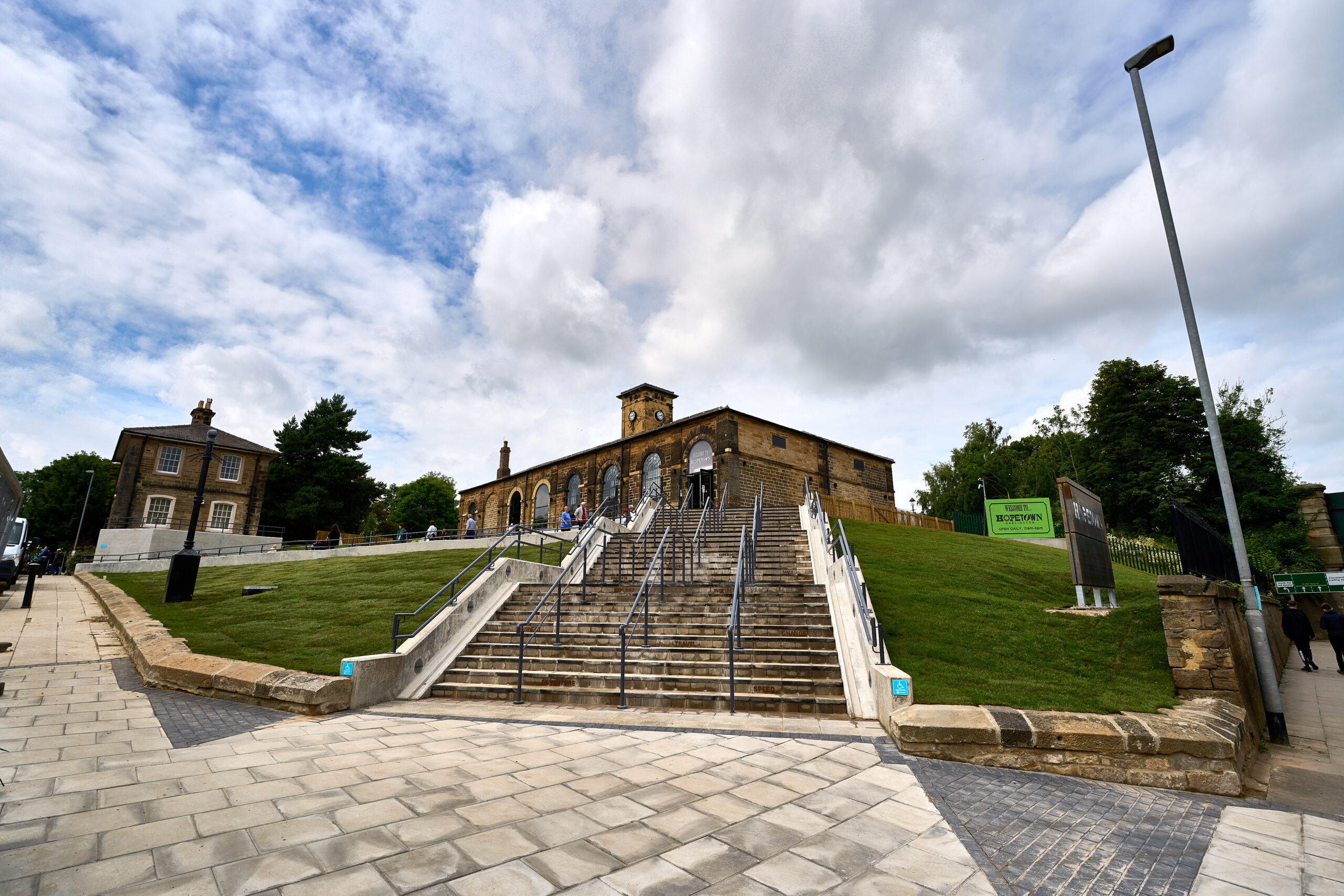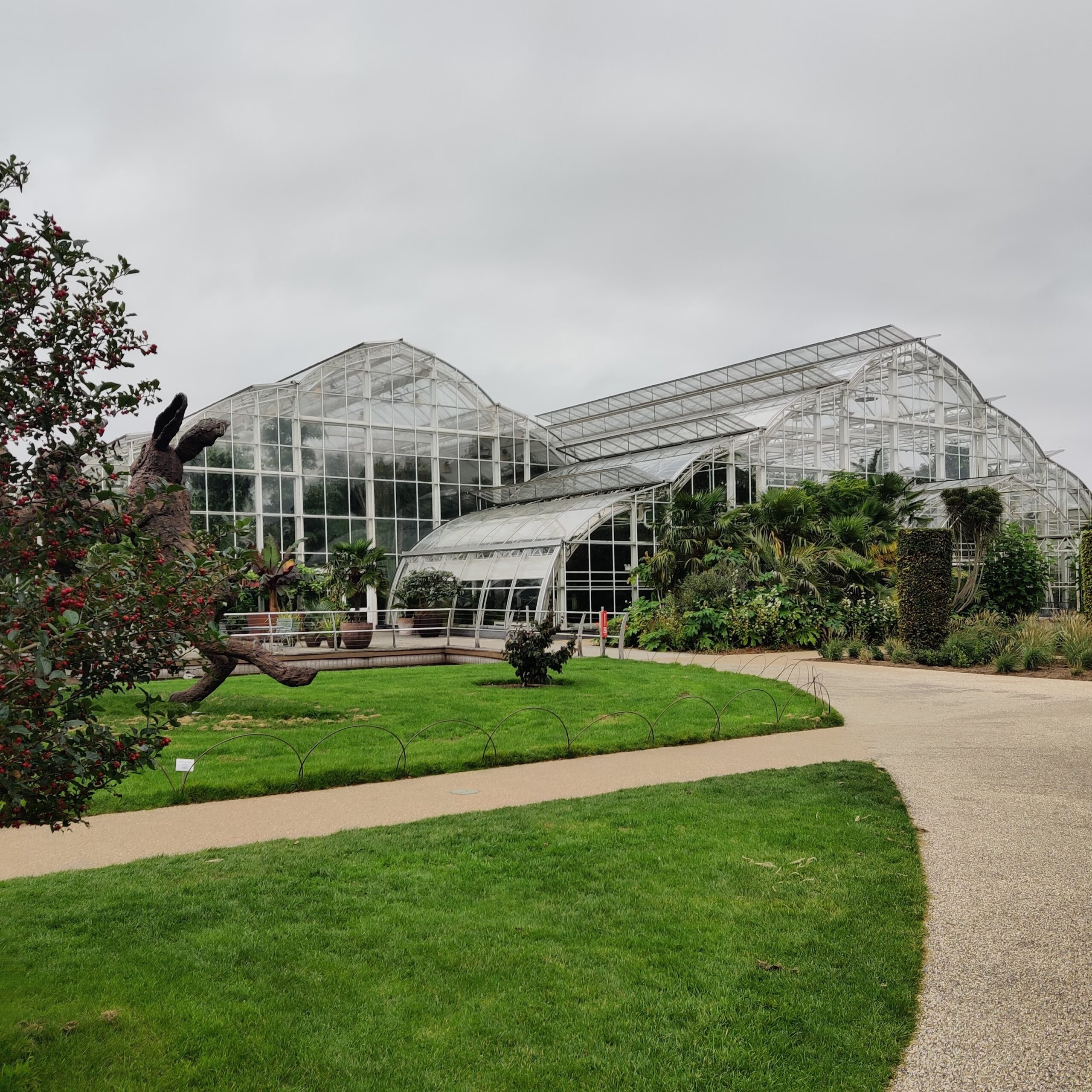Building Performance
Our Summary
At TGA our mission is to minimise the impact that the built environment has on our natural terrain.
To do this, our Engineers work together to actively reduce the reliance on non-sustainable resources and undertake environmentally sensitive and responsible design in relation to sustainable design initiatives. The end effect is an integrated design solution that will deliver buildings with a lower environmental impact and enhance health, productivity, community and quality of life.
Sustainability is a very wide ranging and complex area of design expertise. With new materials, products and systems continuously being released, it is important that as an award winning practice we keep up with the latest innovation and developments.
TGA Building Performance have created a number of sustainability categories to break down the field and provide a method for setting project goals and recording performance. The categories are listed below, complete with an explanation, aim and examples of strategies that we strive to include within our work.
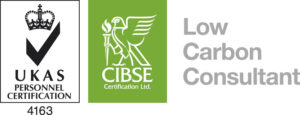
CIBSE Low Carbon Consultants have been certified by CIBSE to be competent to minimise energy use and carbon emissions from buildings both in design and operation.
“They are able to go beyond the current legal minima in improving the energy performance of both new and existing buildings. Clients can be assured that buildings designed and operated by Low Carbon Consultants will meet the requirements of Part L (Conservation of Fuel and Power) and Building Control Officers can be assured that compliance is being signed off by suitably qualified professionals.
Members of the LCC Register have undertaken assessments to demonstrate their competence.” https://www.cibsecertification.co.uk/
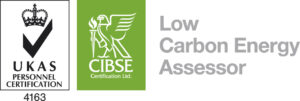
CIBSE Low Carbon Energy Assessors have been certified to produce non-domestic Energy Performance Certificates (EPCs). TGA have assessors who are certified to produce EPCs at Level 3, 4 and 5.
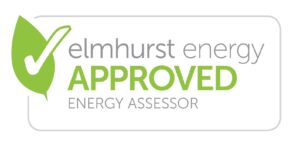
Elmhurst Domestic Energy Assessors have been certified to produce domestic Energy Performance Certificates (EPCs).

A licensed BREEAM assessor manages the formal assessment process and apply for certification of that assessment on behalf of the client. In doing so they will confirm the appropriate scheme, apply the relevant scheme criteria and liaise with the client and relevant stakeholders to facilitate an assessment. Only BRE Global Ltd licensed assessors can offer, register, undertake and apply for certification of assessment.
BREEAM is a registered trademark of BRE (the Building Research Establishment Ltd. Community Trade Mark E5778551). The BREEAM marks, logos and symbols are the Copyright of BRE and are reproduced by permission.

A BREEAM Advisory Professional (BREEAM AP) has specialist skills in sustainability and environmental design combined with a high level of competence and understanding in BREEAM and its assessment process. The BREEAM AP is one type of ‘sustainability champion’ defined and recognised in BREEAM. The BREEAM AP uses their expertise to assist clients and project teams by facilitating cross-project consideration and collaboration on solutions to scheme compliance, target setting and performance monitoring.
BREEAM is a registered trademark of BRE (the Building Research Establishment Ltd. Community Trade Mark E5778551). The BREEAM marks, logos and symbols are the Copyright of BRE and are reproduced by permission.
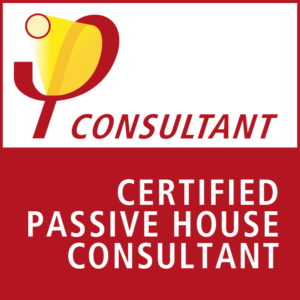
Passive House Designer Cetification shows the building owner that the designer or consultant has acquired the knowledge and experience relevant for planning or consultancy services for Passive House projects.

Ambassadors are leaders and active participants in Fitwel’s healthy building movement. They are well-versed in the evidence-based connection between design and health, can integrate Fitwel’s strategies within projects, and are able to effectively navigate the Fitwel Portal to track progress and attain Fitwel Certification.

Licensed partners of the BUS Methodology and are trained to carry out high quality surveys and interpret the results. The Building User Survey (BUS) will collect anonymous feedback from all building users about Thermal Comfort, Air Quality, Acoustics, Visual Comfort and Health & Wellbeing. This will identify elements of discomfort and provide a mechanism to help identify the reasons of any discomfort, ultimately improving staff performance and increasing staff retention.
The International Panel on Climate Change (IPCC) has indicated that human influence on climate systems is clear and that the more we disrupt our climate, the more we risk severe, pervasive and irreversible impacts. As designers we have a responsibility to design buildings that produce the least amount of Greenhouse Gas (GHG) emissions as possible. We also need to educate our clients around the impacts that certain decisions will have on the carbon that is attributed to their building.
This category aims to promote the following influential strategies:
- Design buildings that are climate adaptive and resilient.
- Design buildings that have reduced GHG emissions, working toward net zero energy.
- Understand emissions impacts of key design decisions.
- Encourage the use of carbon offset programmes and renewable energy certificates.
A building’s thermal envelope controls the flow of energy, moisture and air and is one of the most important aspects of environmental building performance.
This category looks to promote the following influential strategies:
- Design buildings with reduced thermal bridging in construction detailing between roof & wall/wall & floor connections and windows and doors
- Specify elevated insulation levels with a focus on providing a continuous insulated barrier against energy flow
- Detail and specify systems which achieve good levels of airtightness Design and specify warm roof systems, insulated slabs and slab edge
High quality indoor environments protect the health and comfort of its occupants. They also enhance productivity, decrease absenteeism, improve the building’s value and reduce liability for building designers and owners.
This category aims to promote the following influential strategies:
- Increase rates of fresh air – above code requirements
- Access to natural ventilation where suitable
- Using sensors to manage and mitigate high levels of CO2
- Prevent and minimise exposure to environmental tobacco smoke
- Within the education sectore facilitate teacher-to-student and student-to-student communication through effective acoustic classroom design.
- Use low emitting materials to reduce concentrations of chemical contaminants that can damage air quality, health, productivity and the environment
- Promote the wellbeing of construction workers and building occupants by minimising indoor air quality problems associated with construction and reburbishment
Providing education is important to ensuring a building operates correctly. All too often buildings are handed over with little information provided, therefore, it is important to provide avenues for education on the environmental performance of the finished product.
This category aims to promote the following influential strategies:
- Provide a signage programme to educate occupants about buildings and their energy-efficient performance
- Develop a manual or case study to inform the design of other buildings based on the successes of the project
- Develop a guided tour that describes how the building works and specific systems
- Provide user guides for facility managers and everyday building users in line with CIBSE TM31
When managing a project it is important to set guidelines, establish targets, enable the integration of sustainable design and identify synergies between disciplines.
This category aims to promote the following influential strategies:
- Facilitate regular workshops to discuss objectives, targets and design methodologies
- Implement Environmental Management Plans to ensure appropriate practices are followed during construction
- Require commissioning and building tuning for 12 months after project completion
- Deliver a Building User Guide to assist with the efficient operation and understanding of a building and how it can best operated
Solar energy is free energy. Orientating a building to maximise this energy should be the first step when starting a project.
This category looks to promote the following influential strategies:
- Glazing selection, placement and window-to-wall ratio
- Appropriate daylight levels and control devices
- Use of low-e glazing
- Use of natural ventilation strategies
- Minimise west-facing glazing to reduce the occurrence of unwanted solar gain
Water is essential to life. It is predicted that by 2025 1.8 billion people will be affected by water scarcity. The UK is not immune, many regions are predicted to experience extended periods of drought particularly in the south and eastern areas of England. The built environment is responsible for a large percentage of potable the water use
This category aims to promote the following influential strategies
- Efficient fixtures and fittings
- Rainwater harvesting
- Water recycling systems
- Water metering and leak detection devices
- Efficient landscape irrigation systems
- Swales, raingardens and rainwater retention/detention devices
Energy attributed to building operations is one of the largest contributors to carbon dioxide emissions. Conserving and efficiently using energy in buildings can have the largest single impact on our environment.
This category looks to promote the following influential strategies:
- Analysis and forecasting of selected systems – Life Cycle Costing
- Use of natural ventilation
- Inclusion of efficient HVAC systems
- Efficient and comfortable heating systems
- Efficient and responsive lighting systems
- Carbon dioxide monitoring and control
- Metering, zoning and control
Renewable energy systems are crucial to long term climate objectives. Installing renewable energy systems can reduce environmental and economic harms associated with fossil fuel energy.
This category aims to promote the following influential strategies:
- Assess and determine the suitability (Life Cycle Analysis) of renewable systems
- Incorporate renewable systems that can address a building’s base loads
- Provide designs which are ‘renewable ready’
- Educate clients on renewable systems, discuss and investigate the feasibility and/or suitabilitity


